American philanthropy is no lemonade stand.
It is a 1.5 trillion dollar industry, made up of 1.1 million organizations employing 10 percent of the national workforce. Even since the economic downturn, international giving was still at $19.1 billion in 2012.
Washington state, with our big name donors like the Gateses, Nordstroms, and Allens, ranks pretty high on the national scale of giving. We’re fifteenth in the country for total donations, according to a 2012 study by the Chronicle of Philanthropy.
‘Big philanthropy’, with its silent auctions and six-figure checks, has typically mirrored a real-life class divide that pervades the country, with many immigrants and people of color on the receiving end of wealthy white giving.
That’s not to knock their impact — we rely on big private money to step up where governments have stepped back, and rich people wanting to give away money is never a bad thing.
But such a system risks excluding the very people affected by inequality from the decision-making about how that charity is distributed.
Some people in Seattle are aiming to change that.
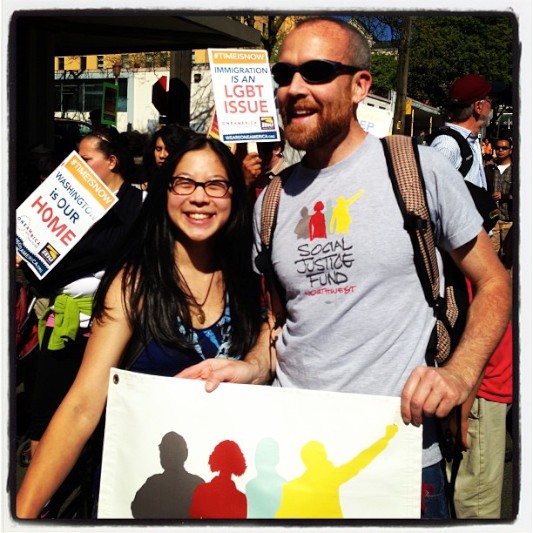
“Generosity is a part of who we are,” says Uma Rao, the former Development Director for API Chaya, who sits on the Board of the Northwest Immigrant Rights Project. “The conversation is never about convincing someone to give, it’s just a matter of how.”
That how is something that many innovative philanthropy organizations in Seattle have brought into question, capitalizing on the strengths of flourishing immigrant communities here, from the more settled, (many of whom have found success in the tech industry), to recent arrivals fleeing persecution and struggling to make ends meet.
Noelle Ito, Senior Director of Community Philanthropy for the national organization Asian American/Pacific Islanders in Philanthropy (AAPIP), says that organizations like theirs grew from recognizing the capacity of immigrant communities, and the need to fill gaps in what mainstream charities where focusing on.
According to a study commissioned by AAPIP in 2007, between 1990 and 2010, the largest foundations in the U.S. allocated only .3-.4% of their amassed donations to the Asian American and Pacific Islander immigrant causes.
The community, it seems, knows what’s best for itself. Community giving models like giving circles, are one way that immigrants and others less represented in ‘big philanthropy’ have organized to make an impact.
So, what’s a giving circle?
Loosely defined, it is a group of volunteers raising, pooling, and granting money together.
These giving groups are able to get specific, and have a direct impact, organizing themselves around a particular issue or demographic. Local examples include Social Justice Fund’s ‘Next Generation’ giving project for young people, AAPIP’s Kibei giving project raising funds for grassroots organizations in the Asian/API community, or Jolkona’s project raising funds for life-changing surgeries in Bolivia.
In traditional philanthropy, efforts focus on stewarding wealthy donors to amass the most money, under the oversight of board members, who are often required to have donated large sums themselves. At worst, as documented by Ken Stern in his latest book “With Charity For All: Why Charities are Failing and a Better Way to Give”, some big charities seem to be set up to keep themselves in business, rather than solve the problem at hand.
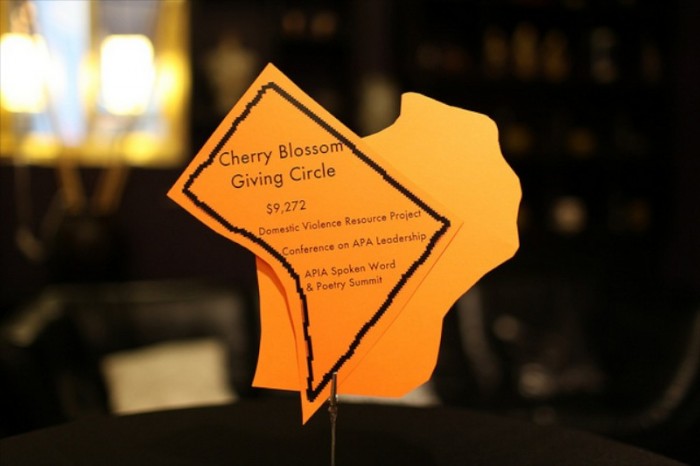
In contrast, in giving circles, people from the beneficiary communities themselves are highly represented, and the process of allocating money is collaborative. Giving circles appeal to people without huge amounts of money – Jolkona uses a subscription system that starts at $10 per month, and it’s as easy as paying a bill online. Through the giving process, participants constantly educate themselves on the issues through social media outlets, or actually getting together in person to discuss it, most likely sitting around in an actual circle.
To be clear, the goal isn’t to get rid of big charity, but to add to the pot, and make sure that funding decisions stay relevant, and inclusive.
“It’s a two-pronged approach,” says Ito.
Though the principles remain the same, projects like these vary by organization. Social Justice Fund NW, a local progressive philanthropy organization, just began its 26th giving project last week. Program Director Mijo Lee has co-facilitated eleven of them.
“Nobody here [at SJF] really has a background in philanthropy,” laughs Lee, who has a law degree. “It’s a really strong point that we have an understanding of organizing.”
She says the two are inextricably linked. SJF folds intensive workshops on race and class into their giving projects, allowing people from different racial, class, religious, and ethnic backgrounds who may not encounter each other in regular life a chance to understand one another’s relationships to money, and therefore, to giving.
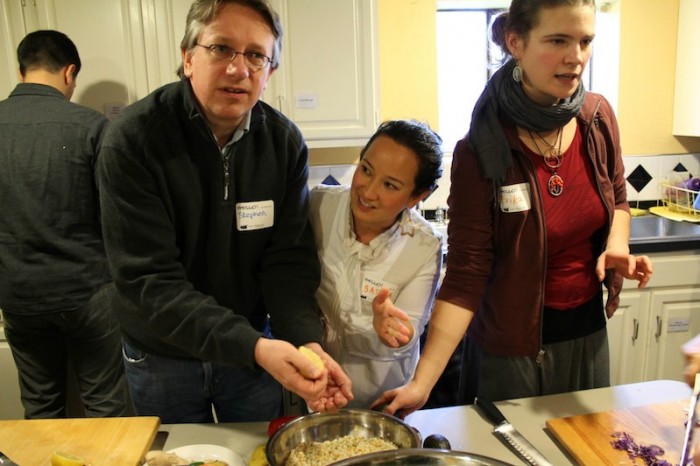
The giving projects, which are time-intensive, are organized around issues like gender justice or immigrant rights. Last year, participants were nearly half people of color, a much higher figure than the 19.6% recorded by the IRS as giving charity in Washington. The projects are intended to bring together those who might not typically write big checks to non-profits or attend benefits to the table with some people who would.
“We want to create a philanthropy that really is accessible and meaningful for everyone — not just lip service,” says Lee.
The process of giving as a community, according to Lee, allows people to both leverage different connections and have important conversations about where the money goes. After discussing hot button issues like race and class as a group, participants are trained on fundraising, and asked to raise money from their family and friends. From there, they pool money together, invite organizations doing the work they want to see as a group — most of them small, grassroots, and less likely to be funded by massive foundations — to apply. Participants are dedicated to the process, combing over grant applications, going on site visits to potential grantees, and eventually doling out tens of thousands of dollars.
Sound more involved than writing a tax-deductible check or buying a raffle ticket at an charity auction? That’s because it is.
When you get people from different cultures of money together in a circle, there are bound to be some big conversations.
“If you feel comfortable with it, you’re doing it wrong,” says Lee, who says that regardless of their background, people’s biggest challenge is a fear of asking for money.
Inevitable tensions aside, what might be a drop in a bucket for one person, evidently can make a meaningful impact on a grassroots organization. These giving strategies draw on a long history of global cultures of resource-sharing, like caring for children or offering food in times of hardship.
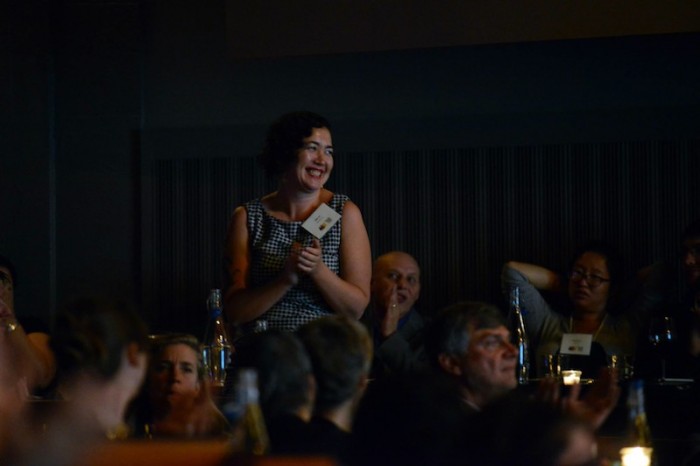
The work is also in line with more recent cultural trends, as values-driven, recession-bred millennials replace boomers, bringing with us our emphasis on authenticity and impact.
Organizations like Jolkona, translating to ‘a drop of water’ in Bengali, use a variety of giving platforms to engage the wide spectrum of immigrant groups in Seattle in a way that is relevant, culturally and economically.
A recently launched project, Lift Bangla, is a pilot project focusing immigrant group giving in the diaspora, directly to a project in the country of origin (in this case, Bangladesh.) The project, launched in partnership with the U.S. Department of State, recognizes the natural proclivity for immigrant groups to send money back to their home countries.
“When people say immigrant, you think of people facing severe barriers,” says Nancy Xu, Design and Technology Director at Jolkona. “But there are very successful immigrants here, doctors and lawyers — it’s a very different group.”
Xu’s own family emigrated from China. She went from sharing a room with her family and shopping at the dollar store to earning herself a job at Microsoft. As the tech industry booms in cities like Seattle, wealth looks younger and younger, and it also looks more like Xu.
She says that the different models for giving that Jolkona offers are a response to these different experiences of immigrant life in America. Older people have stronger ties to home countries, while younger second and third generation immigrants are more caused-focused, setting their sights on issues like women’s rights or the environment that span the local and international.
“We are trying to move the needle on something really big,” she says.
That something might be adding the immigrant voice to a new culture of giving.
This post has been updated since its publication.


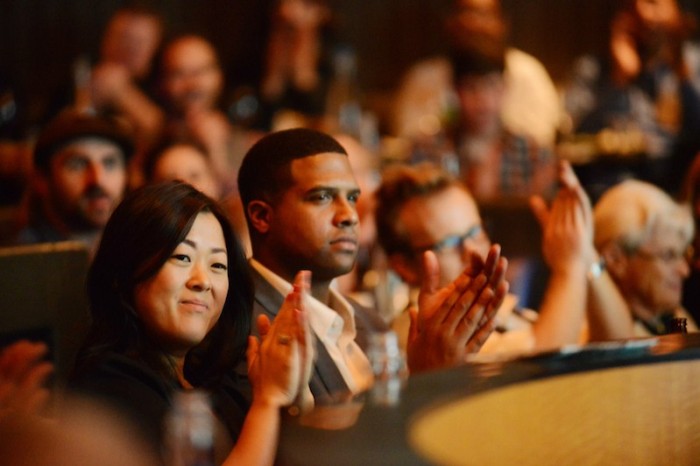
1 Comment
Comments are closed.